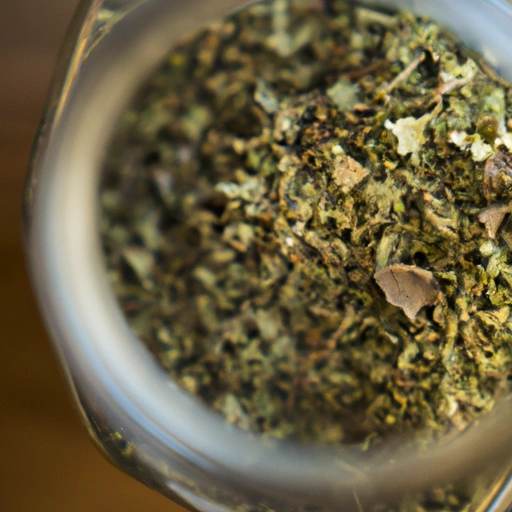Oregano
Description

Oregano is a fragrant herb commonly found in the Mediterranean and has become a staple in kitchens around the world. Known for its warm, balsamic, and aromatic flavor profile, it is used extensively in Italian, Greek, and Mexican cuisines, among others. Both fresh and dried oregano leaves enhance the taste of various dishes, from pizzas to stews.
Common uses
Oregano is commonly used to season meats, soups, sauces, and salads. It is a key ingredient in Mediterranean dishes such as Italian tomato sauces, Greek salads, and Middle Eastern meat and vegetable dishes. In Mexican cuisine, oregano pairs well with spicy flavors in chili powders, beans, and meat preparations.
Nutritional value
Calories
One teaspoon (1 gram) of dried oregano contains approximately 3 calories.
Protein
Dried oregano contains about 0.1 grams of protein per teaspoon.
Fat
There is a negligible amount of fat in oregano, less than 0.1 grams per teaspoon.
Carbohydrates
Oregano contains approximately 0.7 grams of carbohydrates per teaspoon.
Vitamins
Oregano is rich in vitamin K, and also provides small amounts of vitamins A, C, and E.
Minerals
The herb contains minerals such as iron, manganese, calcium, and magnesium.
Health benefits
Oregano is not only a flavorful addition to meals but also boasts various health benefits. It is packed with antioxidants, which help combat free radicals in the body. Compounds like thymol and carvacrol have anti-inflammatory, antibacterial, and antiviral properties. Oregano may also aid in digestion and improve immune function.
Potential risks
While oregano is generally safe for consumption, some individuals might experience an allergic reaction. Excessive consumption, particularly of oregano oil, can lead to stomach upset and may negatively interact with certain medications. It's important to use oregano in moderation and consult with a healthcare provider if you have any concerns.
Common recipes
Oregano is a versatile herb that goes well in pizzas, pasta sauces, marinades for meat, Greek salads, and Mexican bean dishes. It is also used in seasoning blends like Italian seasoning and herbes de Provence.
Cooking methods
Oregano can be used in both fresh and dried forms. It can be sprinkled over dishes before serving or added during the cooking process to infuse its flavor.
Pairing with other ingredients
Oregano pairs well with ingredients like tomatoes, olives, capers, and meats, as well as with other herbs such as basil, thyme, and parsley. It complements citrus flavors and can be used in vinaigrettes and dressings.
Summary
Oregano is a robust and aromatic herb that is essential in a variety of global cuisines. Its unique flavor enhances a multitude of dishes and its health benefits make it a valuable addition to any diet. Fresh or dried, oregano's versatility in cooking is matched by its therapeutic properties, making it an herb cherished by cooks and healers alike.